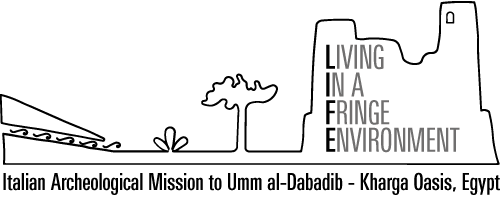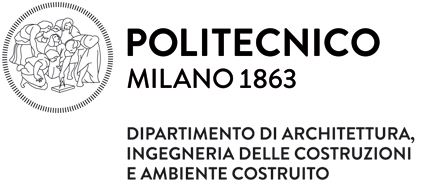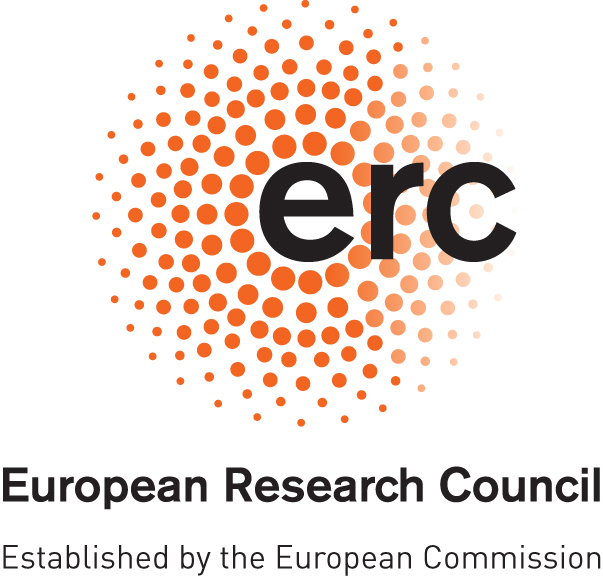EXPEDITION 2022 (Kharga)
Dates: 19 May – 6 June 2022.
Area/site: Fortified Settlement of Umm al-Dabadib; ceramic dumps and cemeteries along the eastern wadi.
Short description: The aim of this expedition was to try to answer a number of questions that arose during the remote study carried out on the site during the 6 years of break. In particular, the internal structure and organization of the Fort were investigated, as well as the area of it gate. Fresh three-dimensional surveys were carried out of three groups of buildings that were affected by collapses. During the clearing activities, 4 papyri were retrieved: they are the first written documents ever found at Umm al-Dabadib. An assessment of the ceramic dumps and the cemeteries located along the Eastern Wadi was also performed and yielded important results that will represent the basis for the future strategy of study of the site.
Upon the request of the local Inspectorate, a select contingent headed to check the archaeological site of Ayn Amur. Here the remains of the temple, of the enclosure wall and of the local cemeteries suffered significant damages in the last few years. Vast areas covered by camel thorn were recently burned and new bushes have grown again from the ashes. The spring appears to be in good shape; it could not be cleaned on this occasion but the water is visible and the vegetation around it as green as usual.
Team: Dr Corinna Rossi (Director), Dr Antonello Migliozzi, Dr Alessandro Mandelli, Dr Clementina Caputo, Dr Nicoletta De Troia, Mr Andrea Pasqui, Mr Simone Galli, Mohamed Hassan Gaber ‘al-Wahati’ (Site Inspector). With the support of Mr Ahmed Moussa, Ms Amal Moussa, Ms Marwa Fawzy, Essam, Nasser, Aysam, Mohamed and Shukri (Pan Arab Tours) and Mohamed (Kharga Police).
Acknowledgements: Mr Mohamed Ibrahim Ahmed (General Manager of the Kharga Antiquities), the Ministry of Tourism and Antiquities.





